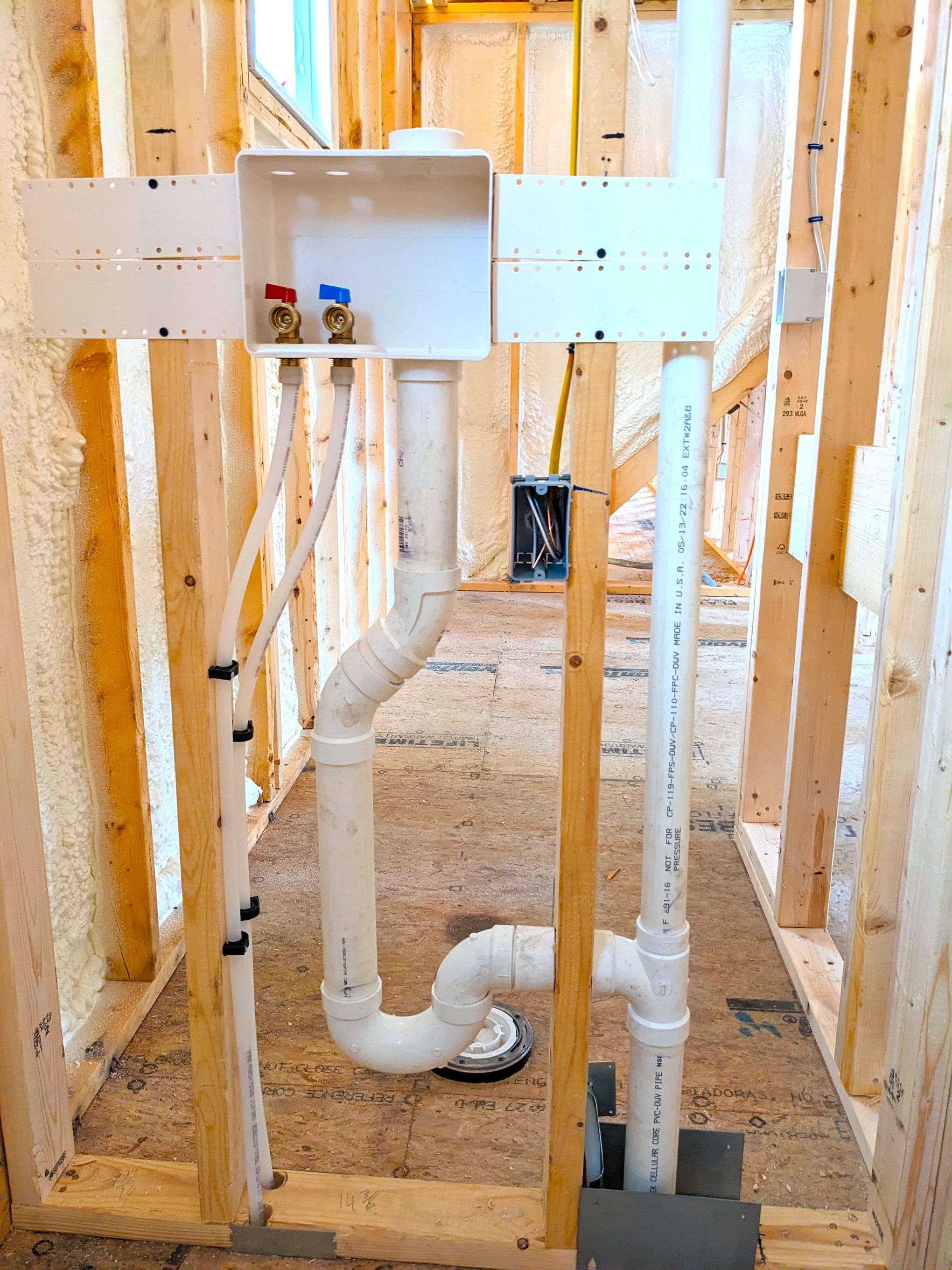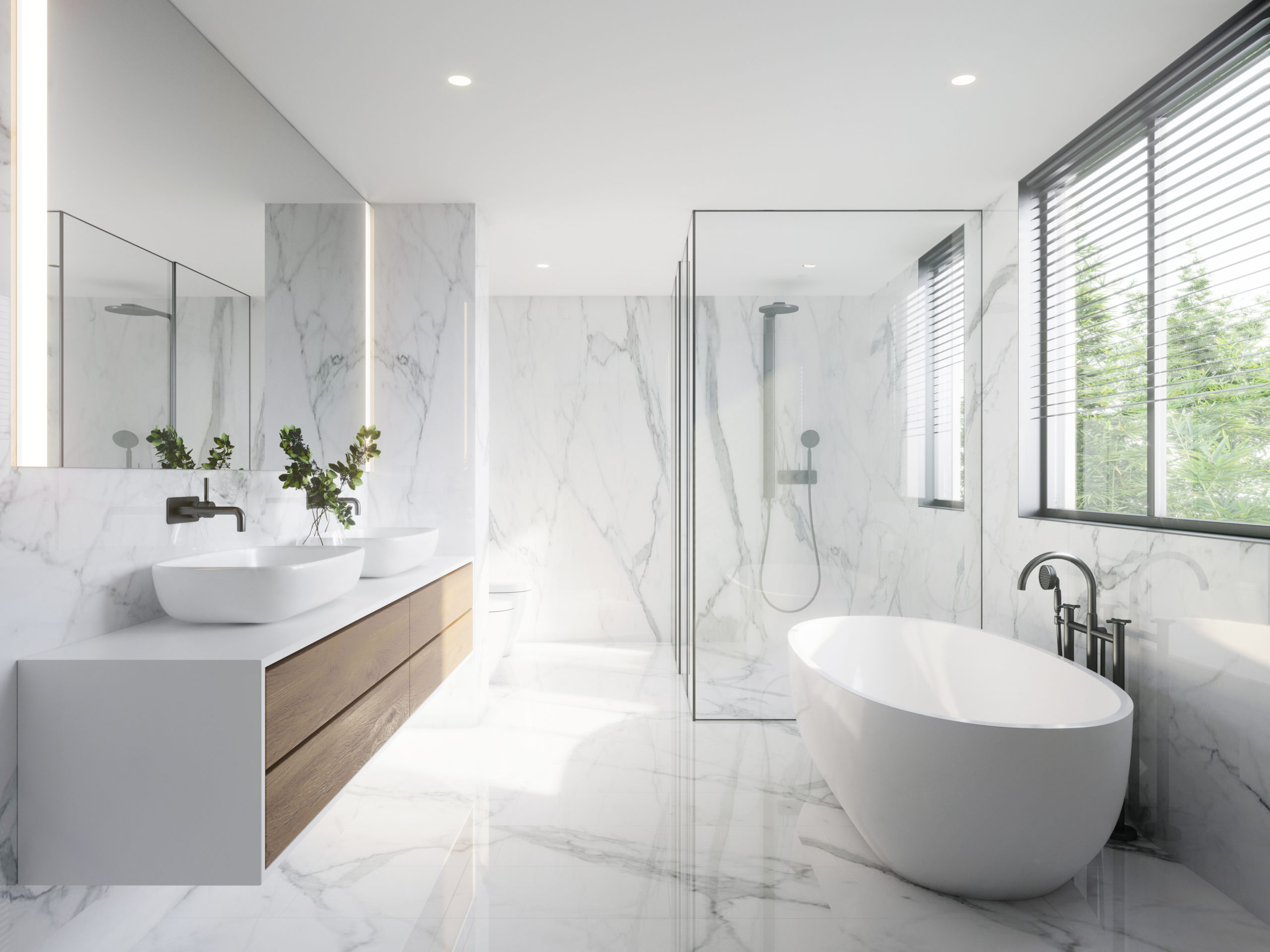The Benefits of Proper Ventilation in Your Plumbing System
The Benefits of Proper Ventilation in Your Plumbing System
Blog Article
The article author is making a few good points on What Is A Plumbing Vent & How Do They Work? in general in this post below.

Proper air flow in plumbing systems is typically neglected, yet it is important for preserving the performance and security of your home's plumbing. Air flow helps manage atmospheric pressure, avoid the build-up of harmful gases, and make sure the effective elimination of waste. In this overview, we will explore the significance of correct plumbing air flow, just how it works, and the benefits it brings to your plumbing system.
Recognizing Air Flow in Plumbing
Air flow in plumbing describes the network of pipes that allow air to stream with the drainage system. These vents offer numerous functions, including controling atmospheric pressure within the pipelines, preventing drain gases from going into the home, and assisting in the smooth circulation of wastewater.
How Ventilation Works in Pipes Solutions
Air Pressure Policy
Appropriate air flow preserves well balanced atmospheric pressure within the plumbing system. When water streams via pipelines, it displaces air. Without adequate ventilation, this variation can create unfavorable stress, bring about slow drains pipes or siphoning of water from traps, which can trigger undesirable smells to seep right into the home.
Preventing Sewer Gas Accumulation
One of one of the most essential functions of plumbing vents is to prevent drain gases, such as methane and hydrogen sulfide, from gathering within the home. These gases can pose significant wellness dangers and are highly combustible. Vent pipes allow these gases to get away safely outdoors.
Aiding in Waste Removal
Ventilation assists in the efficient removal of wastewater by avoiding airlocks in the water drainage system. When air can stream easily with the vents, it allows water and waste to move smoothly with the pipes, minimizing the risk of obstructions and backups.
Kinds Of Pipes Vents
Key Stack Vent
The major pile vent, also known as the vent stack, is the primary air vent in a pipes system. It extends from the main drainpipe align with the roof covering, permitting gases to run away and fresh air to go into the system.
Branch Vent
Branch vents link to the primary pile vent and offer individual fixtures, such as sinks, toilets, and showers. These vents make certain that each component has appropriate air flow to work effectively.
Air Admittance Valve (AAV).
An Air Admission Valve (AAV) is a one-way shutoff that allows air to get in the pipes system without the demand for a typical vent pipe extending through the roof covering. AAVs are frequently utilized in restorations or areas where installing a conventional air vent is unwise.
Signs of Poor Air Flow in Plumbing.
Slow Draining Fixtures.
If your sinks, tubs, or commodes are draining pipes gradually, maybe an indicator of poor ventilation. Inadequate air flow can develop a vacuum result, making it tough for water to drain correctly.
Gurgling Sounds.
Gurgling audios coming from drains are often an outcome of air being sucked with water traps because of unfavorable stress in the pipes. This is a clear indicator of inadequate air flow.
Undesirable Odors.
Sewage system smells inside your home are a red flag that your pipes system is not properly ventilated. This can mean that drain gases are not being sufficiently aired vent outside, resulting in potentially hazardous conditions.
Common Ventilation Errors.
Poor Vent Sizing.
Using undersized vent pipes can cause inadequate air flow and stress discrepancies in the system. It's vital to use vents that meet the certain demands of your plumbing system.
Improper Vent Placement.
Placing vents as well far from the fixtures they serve can decrease their efficiency. Correct positioning guarantees that air can stream easily and successfully via the system.
Ignoring Code Needs.
Building codes supply specific standards for pipes ventilation. Neglecting these codes can cause a system that stops working to function correctly and might bring about costly repair work or health hazards.
Benefits of Correct Ventilation.
Enhanced System Performance.
Effectively ventilated plumbing systems run extra effectively, with less obstructions, faster draining pipes, and much less pressure on the pipelines. This performance expands the lifespan of the plumbing system.
Improved Air Top Quality.
By protecting against sewage system gases from entering your home, proper ventilation contributes to much better interior air quality, making your living atmosphere healthier and a lot more comfy.
Preventing Water Damage.
Ample ventilation helps avoid water from being siphoned out of catches, which can result in sewage system gases going into the home and creating water damage with time.
Steps to Make Sure Proper Air Flow.
Consulting Pipes Codes.
Always speak with neighborhood plumbing codes when developing or modifying your pipes system. These codes give the required guidelines for appropriate airing vent and ensure your system satisfies safety and security standards.
Regular Assessment and Upkeep.
Regular assessments can aid recognize prospective air flow concerns before they end up being major troubles. Upkeep tasks, such as cleansing air vent pipes and checking for obstructions, are essential for maintaining the system in good working order.
Professional Installment.
For brand-new setups or significant alterations, it's important to work with a professional plumbing. They have the know-how to guarantee the air flow system is appropriately made and installed according to code.
Verdict.
Proper air flow is a vital component of any kind of plumbing system, making sure that it operates efficiently and safely. By recognizing the significance of air flow, identifying the indications of inadequate air flow, and taking steps to preserve your system, you can protect against costly problems and secure your home's air quality.
4 Things You Should Know About Your Plumbing Vents
What Plumbing Vents Are
Also called a vent stack, a plumbing vent is a vertical pipe attached to your drain line that runs through your roof. The plumbing vent pipe, or plumbing air vent, removes gas and odors from your plumbing system and allows fresh air to enter the pipes, helping the water to flow out of the drain pipes.
What Plumbing Vents Do
Plumbing vents have two basic functions. One of which is to allow unpleasant smelling wastewater and sewer gasses to escape your plumbing system instead of entering your home. Plumbing vent pipes are typically located on roofs, away from windows, to ensure the fumes exit the home completely.
The other function of the plumbing vent is to move fresh air into your plumbing system. This helps move water through every plumbing fixture in your house, like toilets and sink drains. Think of the way in which you need to let a little air into the bottle as you pour soda in order to make the drink flow smoothly.
Different Types of Plumbing Vents
True vent: This is the most common vent option. In simplest terms, a true vent is a vertical pipe attached to your drain line that exits through the roof. They often function as the main vent that other fixtures can connect to. Re-vent pipe or auxiliary vent: Attached to the drain line near specific plumbing fixtures, re-vent pipes run up and over to connect to the main vent. Common vent: Two plumbing fixtures installed on opposite sides of a wall are typically tied into the vent stack using something known as a sanitary cross. Wet vent: This venting option operates as a drain pipe and a vent at the same time. Wet vent drainage systems drain water from one fixture while venting the air from another. Although they’ve been used for over 100 years, wet vent systems have only recently been added to the plumbing code in many areas. If you’re planning on installing one in a bathroom remodel, make sure you check your local code prior to construction. Loop vent: For free-standing fixtures like kitchen island sinks, loop vents are ideal. These vent pipes run under the floor, rise from the P-trap, and create a loop inside the cabinet sink. Air admittance valve: An AAV is a one-way mechanical valve typically installed at the site of the plumbing fixture. AAVs allow venting to occur without having to tie into a larger venting system. They’re ideal for venting fixtures where you aren’t able to easily connect to an existing vent system. Common Plumbing Vent Issues
Although vent pipes typically don’t have water flowing through them, they’re still subject to many typical plumbing issues. For example, clogs are one of the most common problems associated with sewer vent pipes. If your vent pipe gets clogged, all of your plumbing fixtures tied into the vent stack will be affected.
A sink with a slow drain that bubbles and gurgles or a strong sewage smell around your toilet are both indicators that your toilet vent pipe is clogged. Because most vent pipes exit through the roof, old leaves, twigs or even a bird’s nest could be clogging the pipe.
Clogs in your vent pipe system cause a buildup of negative pressure, meaning that water won’t be able to flow out of your home very well. It’s similar to putting your finger over the opening of a straw to trap water inside. When you remove your finger, the water is able to flow out of the straw.
If you suspect you have any blockage in your vent, make sure you have a professional come examine the situation. Left unchecked, a blocked air vent can lead to other costly repairs, like leaks and sediment buildup.
Under Pressure
Pipe vents are essential aspects of a home’s plumbing system. Owning a home means learning about all sorts of things you never put much thought into before. But by understanding as much as you can about the important systems of your home, you can keep those budgets intact and those anxiety levels low.
https://www.homeserve.com/en-us/blog/home-improvement/plumbing-vents/

Hopefully you enjoyed our piece on What Is A Plumbing Vent & How Do They Work?. Thanks so much for taking the time to browse our piece of content. Make sure you take a moment to promote this blog posting if you enjoyed reading it. Thanks a bunch for being here. Kindly come visit our website back soon.
Visit Our Website Report this page